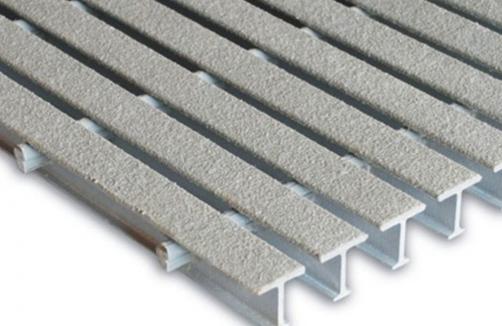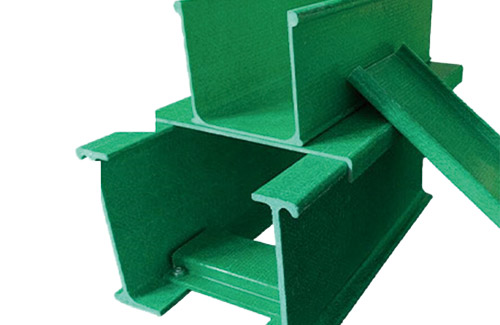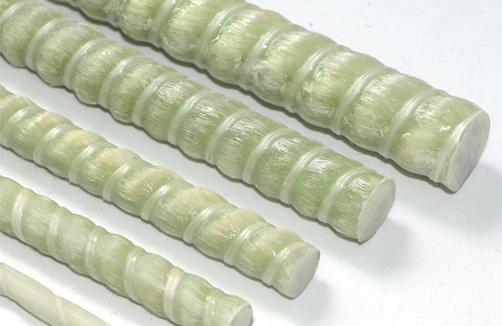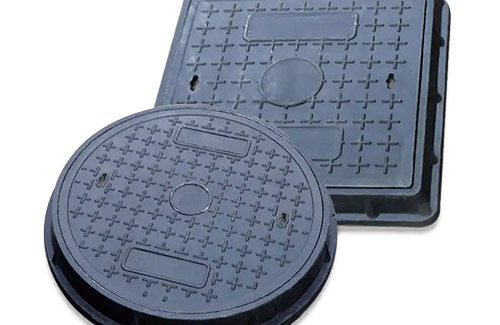The first is the waste generated in the production process of FRP. This part of the waste includes waste products in the trial production process, production process waste (head and tail), scrapped molds, and defective waste products due to unqualified quality. Most of the disposal of this waste is done by landfill and incineration. However, the landfill site has become more and more difficult to find, and incineration will produce a large amount of toxic smoke, causing dissatisfaction among the surrounding people. With the continuous development and growth of the FRP industry in recent years, the continuous expansion of the production scale has also brought about a sharp increase in the amount of FRP scrap. In areas where the FRP industry is highly concentrated, FRP scrap has begun to become a public pollution in the local polluted environment. It has increasingly attracted the attention of local environmental protection departments. It is foreseeable that in the near future, the relevant government departments will take more stringent measures to limit the accumulation and landfill of FRP scrap. This will bring severe challenges to FRP producers. A very harsh reality has already begun to face the FRP plant: if the waste disposal problem cannot be solved as soon as possible, the production of FRP will soon face severe government sanctions. The problem of waste has been related to the survival of FRP producers.
Secondly, it is the problem of how to deal with FRP products after the life cycle has arrived, or after the replacement. After this part of the product becomes waste, it naturally becomes a problem that harms the environment. For example, in a provincial capital city in the north, in order to meet national activities several years ago, 30,000 colorful FRP garbage bins were placed in the city, which became a beautiful scenery of the beautified city at that time. However, as time passes, when the new mayor of the municipal party committee takes office, it needs to re-plan the city. How to deal with these 30,000 garbage bins has become a headache. Despite repeated discussions and multi-disciplinary arguments, it was still impossible to find a suitable solution and eventually had to be piled up on the outskirts of the city. In order to avoid such a problem in the future, the city decided not to use FRP waste bins in the future, but instead use stainless steel or plastic steel bins. A similar situation has occurred in many cities and in multiple industries. Some components of the power system have begun to use ABS-based thermoplastic FRP materials, which is a more obvious signal: if the problem of recyclable treatment cannot be solved, The field of application of FRP will become smaller and smaller.








